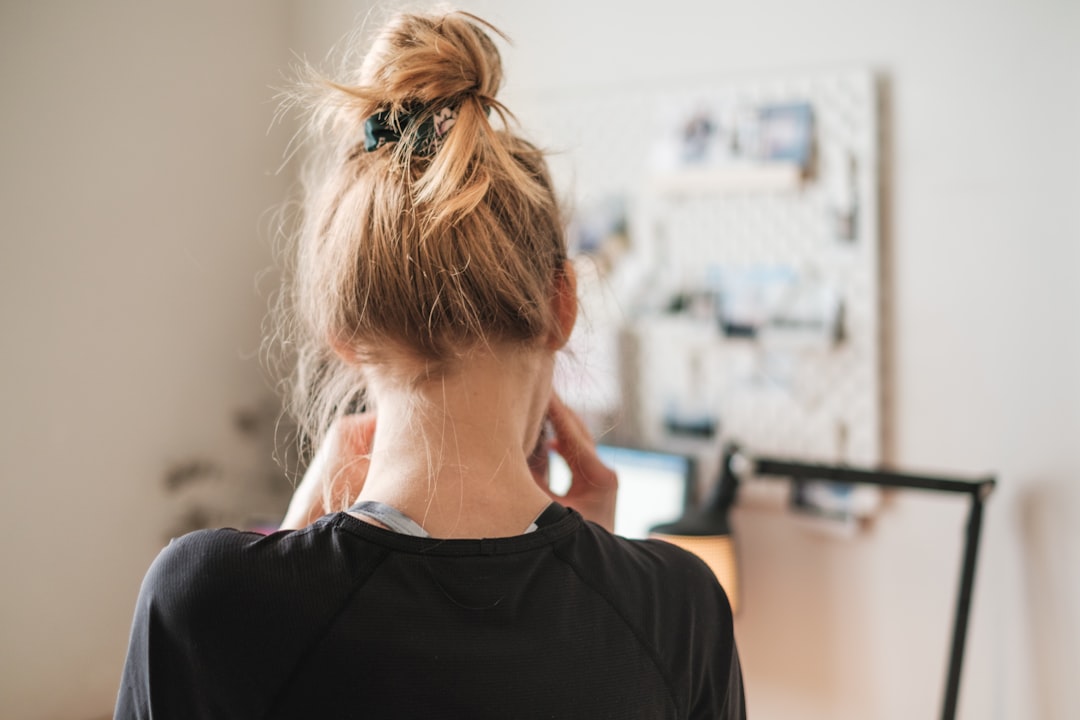Let’s be honest, life in 2025 can feel like a constant juggle. Between economic uncertainties, rapid technological advancements, and the ever-present hum of digital connectivity, it’s no wonder many of us are feeling the squeeze. If you’ve found yourself tossing and turning at night, or feeling a persistent sense of unease, you’re definitely not alone. But what if there was a simple, yet powerful tool to help you reclaim your inner peace? This article will dive into how a personalized meditation routine can be your secret weapon against modern stress, backed by the latest insights and trends. Ready to find your calm? Let’s go! 😊
Understanding the Modern Stress Epidemic 🤔
It’s no secret that stress is a pervasive issue in the United States. Recent data from 2024-2025 paints a clear picture: nearly 90% of American adults have reported losing sleep due to worries about health and the economy. Furthermore, about 75% of Americans experienced a physical or mental symptom of stress in the last month. In 2024, a significant 43% of adults reported feeling more anxious than the previous year, continuing an upward trend.
What’s fueling this widespread anxiety? The American Psychological Association’s 2024 “Stress in America” survey highlighted several key stressors, including the future of the nation (77%), the economy (73%), and the 2024 presidential election (69%). Beyond national concerns, workplace stress remains a huge factor, costing U.S. employers over $300 billion annually in absenteeism, turnover, and diminished productivity. A staggering 83% of U.S. workers report experiencing work-related stress.
Technology, while connecting us, also contributes to our stress. A 2024 study found that 44% of respondents felt more stressed due to constant checking of emails, texts, and social media, leading to a sense of being “always on”.
The Science-Backed Benefits of Meditation 📊
In the face of such pervasive stress, meditation emerges as a powerful, scientifically validated antidote. It’s not just a spiritual practice; it’s a practical tool for mental and physical well-being. Research consistently shows that meditation can significantly reduce stress, anxiety, and even symptoms of depression.
Beyond simply calming the mind, meditation offers a wealth of benefits. It can improve focus, attention, working memory, and recognition memory, according to a 2019 study on non-experienced meditators. It also enhances mood, emotional regulation, and self-awareness, helping you navigate your day with greater patience and creativity. Impressively, mindfulness practices have been shown to reduce anxiety levels by 30% within just two months.
Key Meditation Benefits & Statistics (2025)
| Benefit Category | Impact | Source/Statistic | Year |
|---|---|---|---|
| Stress Reduction | Decreases physiological markers like cortisol and heart rate. | Review of 45 studies | 2017 |
| Anxiety Control | Reduces anxiety symptoms by 30% within two months. | Mindfulness practices | 2025 |
| Cognitive Function | Enhances attention, working memory, and recognition memory. | Brief daily meditation study | 2019 |
| Workplace Productivity | Boosts employee productivity and focus by 120%. | Mindfulness practices | 2025 |
While meditation offers significant benefits, it’s not a substitute for professional medical or psychological treatment. If you are experiencing severe stress, anxiety, or depression, please consult a healthcare professional.
Key Checkpoints: What to Remember! 📌
You’ve made it this far! With all the information, it’s easy to forget the essentials. Here are three crucial takeaways to keep in mind:
-
✅
Start Small, Stay Consistent
Even just 5-10 minutes of daily meditation can yield significant benefits. Consistency is more important than duration, especially for beginners. -
✅
Embrace the Wandering Mind
Your mind will wander, and that’s perfectly normal. The practice isn’t about stopping thoughts, but gently bringing your focus back to your breath without judgment. -
✅
Leverage Modern Tools
From guided meditation apps to wearable tech, 2025 offers numerous resources to support and personalize your meditation journey.
Crafting Your Personalized Meditation Routine 👩💼👨💻
The beauty of meditation in 2025 is its adaptability. With the rise of personalized meditation practices, you can tailor your routine to fit your unique needs and lifestyle. Whether you’re a busy professional or a student juggling deadlines, there’s a routine for you. The key is consistency and finding what resonates with you.
Current trends highlight several accessible approaches. Micro-meditations, lasting as little as 60 seconds, are gaining popularity, making mindfulness doable even on the busiest days. Techniques like coherent breathing (inhaling for six seconds, exhaling for six seconds) are also trending for their profound effects on the nervous system. Don’t forget the power of digital tools; the meditation market is projected to reach $9.64 billion in 2025, with apps offering guided sessions and personalized experiences.
Consider incorporating “mindful movement” practices like walking meditation or mindful stretching into your routine. These hybrid approaches blend physical activity with mindfulness, offering a holistic path to stress reduction.
Practical Example: A Sample 10-Minute Daily Routine 📚
Let’s put theory into practice with a simple, beginner-friendly 10-minute meditation routine you can start today. Remember, the goal is not perfection, but consistent effort.
Morning Mind Reset (10 Minutes)
- Find Your Space (1 minute): Choose a quiet, comfortable spot. This could be a cushion on the floor, a chair, or even a corner of your bedroom. Sit upright but relaxed.
- Gentle Start (2 minutes): Close your eyes or soften your gaze. Take a few deep breaths, inhaling slowly through your nose and exhaling through your mouth. Let your shoulders drop.
- Breath Awareness (5 minutes): Shift your attention to your natural breath. Notice the sensation of the air entering and leaving your body – perhaps at your nostrils, chest, or abdomen. When your mind wanders (and it will!), gently guide your attention back to your breath. Don’t judge, just observe.
- Body Scan (1 minute): Briefly bring your awareness to different parts of your body, from your toes to the top of your head. Notice any sensations without trying to change them.
- Kindness & Intention (1 minute): End by setting a positive intention for your day or simply offering yourself a moment of kindness. Slowly open your eyes.
Tips for Success
1) Use a timer to avoid checking your phone during the session.
2) Try a guided meditation app if you find it hard to focus initially.
3) Meditate at the same time each day to build a habit.

This simple routine can be easily adapted. If 10 minutes feels like too much, start with 3-5 minutes and gradually increase. The most important thing is to start, and to be kind to yourself throughout the process. Even a minute of mindful breathing can make a difference.
Conclusion: Embracing Inner Peace 📝
In an increasingly stressful world, cultivating a meditation routine isn’t a luxury; it’s a necessity for our mental and physical well-being. The latest statistics and trends from 2025 underscore the ongoing challenges of stress and anxiety, but also highlight the growing accessibility and proven effectiveness of mindfulness practices.
By dedicating even a few minutes each day to meditation, you can build resilience, reduce stress, and foster a deeper sense of calm and clarity. It’s a journey of self-discovery and self-care that empowers you to navigate life’s challenges with greater ease. What are your thoughts on starting a meditation routine? Share your experiences or questions in the comments below – we’d love to hear from you! 😊
Meditation for Modern Life: Key Takeaways
Frequently Asked Questions ❓
